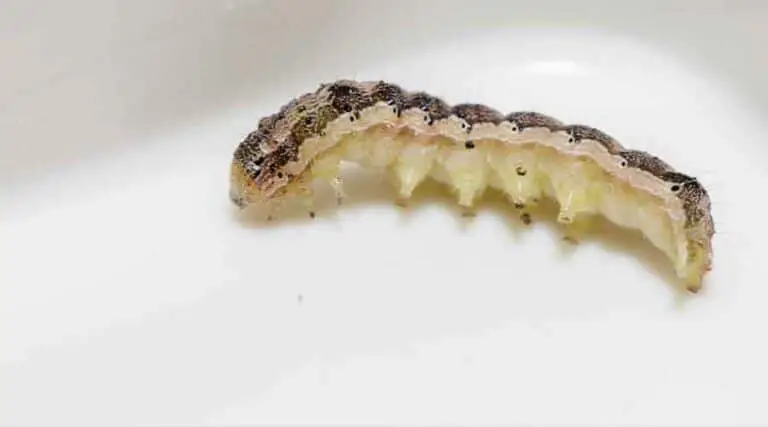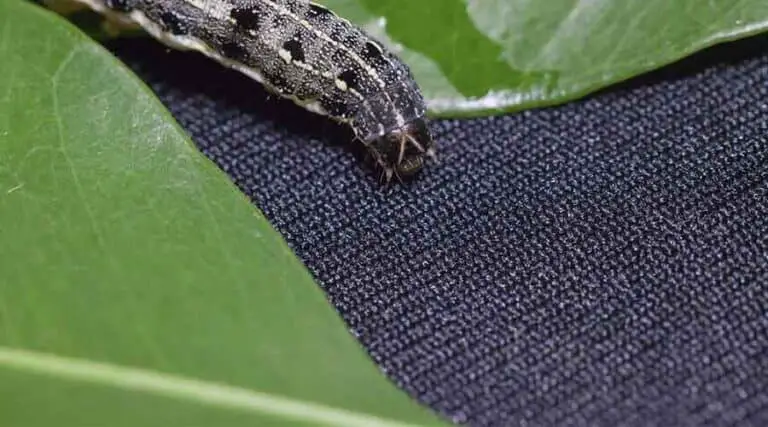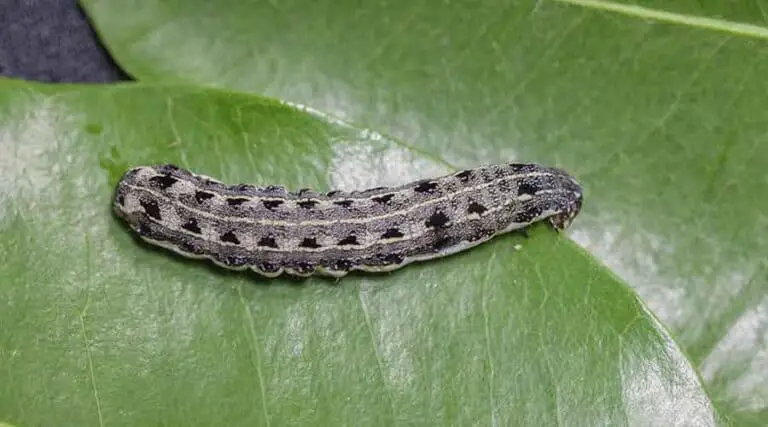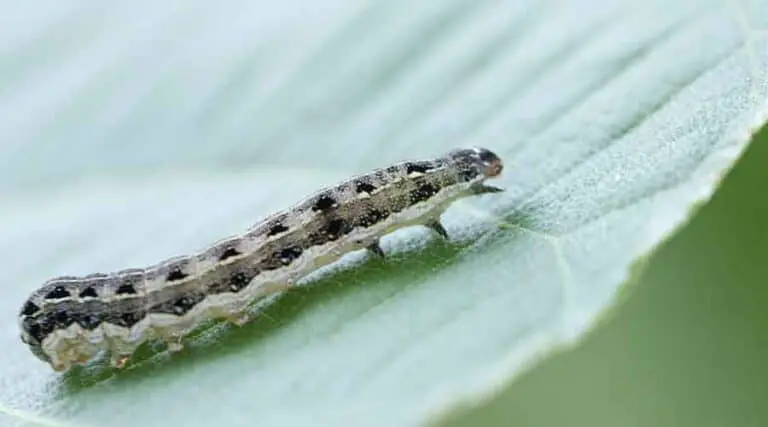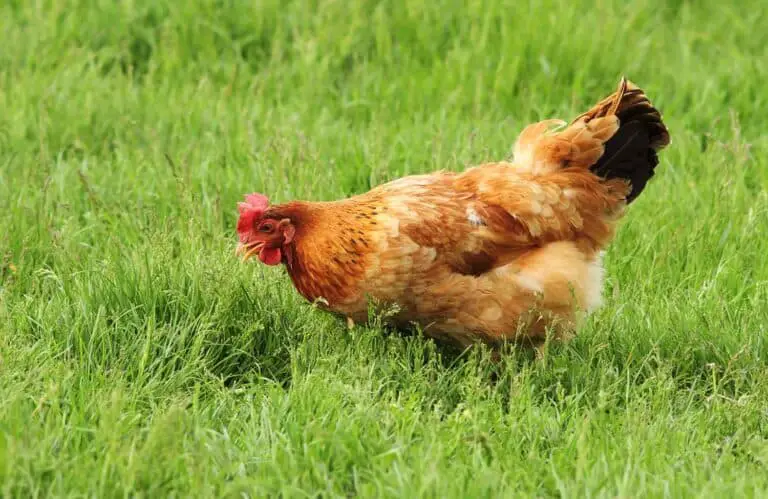Does Triazicide Kill Cutworms? Effective Control Methods
Cutworms are a common gardening nuisance that can cause extensive damage to plants by feeding on their stems and foliage. These pests can be notoriously difficult to control, and gardeners often seek effective methods to protect their plants from cutworm attacks. One such method that is often discussed is the use of Triazicide, a broad-spectrum insecticide designed to target a wide range of insects.
Triazicide is formulated to provide control over various insects such as white grubs and billbugs, which makes it a popular choice for lawn maintenance and pest control in home gardens. Its effectiveness against cutworms has been a topic of interest among gardeners, as the elimination of these pests can significantly improve the health and productivity of their garden.
Understanding whether Triazicide is an effective solution for cutworm control is essential for making informed decisions regarding the treatment of one’s plants. Assessing the efficacy of this insecticide can help gardeners choose the best course of action to protect their vegetation from these destructive pests.
What Are Cutworms
Cutworms are larvae of certain species of moths, which belong to the family Noctuidae. These pests often appear in gardens and agricultural fields, causing significant damage to plants during their growth stage. Cutworms feed on the stems and roots of young plants, eventually cutting them off from the base, earning them the name “cutworms.”
There are several types of cutworms, including the black cutworm, variegated cutworm, and the glassy cutworm. Each type has its own preferred host plants and behaviors. Some species are surface feeders, eating nearby plants during night-time hours, while others burrow into the soil and feed on the roots.
Here are a few characteristics of cutworms:
- Larvae of various moth species
- Found in gardens and agricultural fields
- Feed on stems and roots of young plants
- Mostly active during the night
- Can be surface feeders or root feeders
- Various types include black, variegated, and glassy cutworms
Cutworm damage is most common in the spring when they have just hatched, and plants are young and tender. Managing cutworm populations in your garden or field is essential to protect your plants from destruction. Some methods of control include using insecticides, proper cultivation practices, and introducing natural predators like birds and beneficial insects.
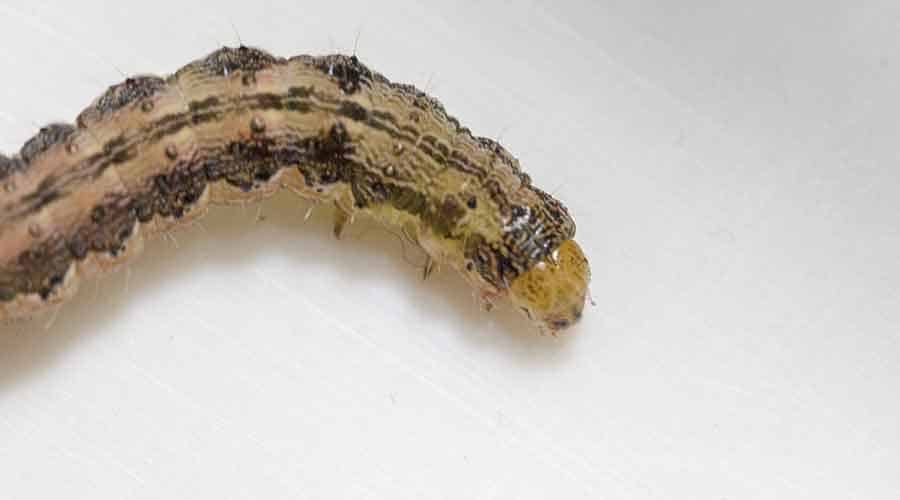
Triazicide Applications
Usage Instructions
Triazicide is an insect killer designed to control a wide range of lawn and garden pests, including cutworms. To effectively use Triazicide, follow these steps:
- Determine the target area: Measure the size of the area where cutworms and other pests are present.
- Mix the product: According to the product label, mix the appropriate amount of Triazicide concentrate with water in a sprayer.
- Apply the solution: Evenly spray the mixture across the target area, focusing on areas with visible pest activity. Be sure to thoroughly cover plant surfaces where cutworms may feed.
- Reapply as needed: Monitor the treated area for continued pest activity and reapply Triazicide as needed, following the recommended application interval stated on the label.
Safety
When using Triazicide, it’s essential to follow safety precautions to protect yourself and the environment:
- Always read and follow the label instructions, including proper application rates and methods.
- Wear protective clothing, including gloves and eye protection.
- Avoid applying Triazicide during rain or when rain is expected within 24 hours of application, as this can cause the product to run off from the target site and potentially contaminate water sources (source).
- Keep children and pets away from the treated area until the product has dried completely.
- Properly store and dispose of any unused Triazicide concentrate according to the label instructions.
By following these usage instructions and safety precautions, you can effectively control cutworms and other pests in your lawn and garden with Triazicide.
Effectiveness of Triazicide on Cutworms
Triazicide is an insecticide that is commonly used for controlling various pests in gardens and lawns. Cutworms, a type of pest that causes damage to plants and crops, can be controlled using Triazicide.
The active ingredient in Triazicide, gamma-cyhalothrin, is known to be effective in controlling a wide range of pests, including caterpillars and worms like cutworms. It works by attacking the nervous system of these pests, leading to their eventual death.
However, it’s important to note that Triazicide might not be effective against all species of cutworms. According to a research, some products may provide excellent control of white grubs but have limited activity against webworms and cutworms. Therefore, it’s crucial to identify the specific species of cutworms causing damage to your plants and ensure that Triazicide is an appropriate control method for that species.
To maximize the effectiveness of Triazicide, proper application is essential. Follow the instructions on the product label for the appropriate dosage and application method. Additionally, be sure to monitor your plants and lawn after treatment to determine if any follow-up applications or alternative control methods are necessary.
In conclusion, while Triazicide may be effective in controlling some species of cutworms, it’s crucial to research the specific cutworm species in your garden and use the product as directed on the label for the best results.
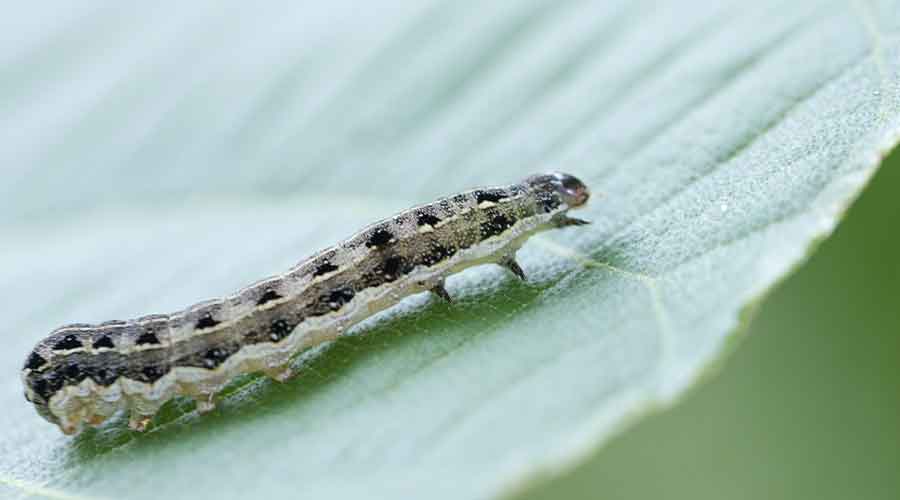
Alternatives for Cutworm Control
There are several alternatives for controlling cutworms without the use of chemical insecticides like Triazicide. These methods can be more environmentally friendly and can help you manage cutworm populations effectively.
One approach to cutworm control is to introduce beneficial insects, such as parasitic wasps and nematodes, which can help control the cutworm population. These predators can be purchased commercially and released into your garden or lawn to help control the cutworms.
Another option is to use physical barriers to protect plants from cutworms. For example, you can place a cardboard collar around plant stems at ground level, which will prevent cutworms from climbing up and damaging plants. Ensure that the collar is at least 2 inches deep into the soil and a few inches above the soil line.
Here are a few more options for cutworm control:
- Crop rotation: Rotate your crops from year to year to prevent cutworms from overwintering and feeding on the same plants.
- Traps: Place cutworm traps, such as fruit or vegetable bait stations, in the garden to attract and catch cutworms. Check the traps regularly and dispose of any captured cutworms.
- Tilling: Till the soil at the beginning and end of the growing season to expose cutworm larvae and pupae, making them more vulnerable to predators and unfavorable weather conditions.
- Hand picking: Regularly inspect your plants and, if you find cutworms, remove them by hand.
Overall, it is essential to balance cutworm control methods with the overall health of your garden or lawn and the surrounding environment. By utilizing a combination of these alternative methods, you can minimize the impact of cutworms and protect your plants without relying solely on chemical insecticides like Triazicide.
Preventive Measures
One of the most effective ways to prevent cutworm infestations is to maintain proper garden hygiene. This includes removing plant debris, cultivating the soil, and keeping the area weed-free. By doing this, you can minimize the habitats where cutworms may thrive.
A simple yet effective method to protect your plants from cutworm damage is to use cardboard collars. Place these around the stems of your plants at ground level, which can deter cutworms from climbing and chewing on the stems.
Another preventive measure is to introduce beneficial insects to your garden, such as:
- Ground beetles
- Parasitic wasps
- Lacewings
- Lady beetles
These insects help in naturally controlling cutworm populations by preying on them.
Regularly monitoring your garden for signs of cutworm activity can also help you take early action. Look for chewed or damaged plants, as well as cutworm larvae that may be hiding in the soil around the plants. If you discover such signs, consider using an effective insecticide like Triazicide to treat affected areas.
In summary, adopting a combination of preventive measures can significantly reduce the likelihood of cutworm infestations in your garden. Maintain proper garden hygiene, use barriers such as cardboard collars, introduce beneficial insects, and monitor your garden for signs of cutworm activity to keep these pests at bay.
Conclusion
Triazicide is an insecticide that has been proven to be effective in controlling various pests, including cutworms. It works by targeting the nervous systems of insects like cutworms, causing paralysis and eventually death. The use of Triazicide can be a beneficial tool in maintaining a healthy lawn and preventing damage from cutworms and other garden pests.
When applying Triazicide, it is essential to follow the manufacturer’s guidelines for proper application rates and timing. This will help ensure its effectiveness and reduce the chances of harming non-target organisms, such as beneficial insects and pollinators.
Additionally, using integrated pest management (IPM) strategies alongside Triazicide can further improve its effectiveness in controlling cutworms. IPM involves various techniques, such as:
- Regular monitoring of pest populations
- employing cultural practices to decrease pest pressure
- using biological control agents like beneficial insects
- selectively applying chemical controls only when necessary
In conclusion, Triazicide can be an effective treatment for controlling cutworms in a lawn or garden setting. However, it is crucial to use it in conjunction with other IPM practices to optimize its effectiveness while minimizing potential harm to the environment and non-target organisms.

